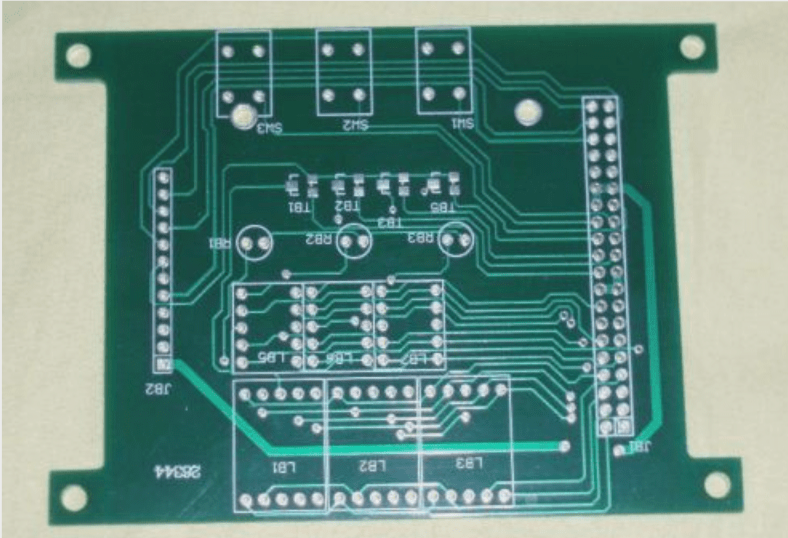Introduction to FPC Flexible PCB
FPC Flexible PCB, short for Flexible Printed Circuit Board, is a type of printed circuit board made from flexible insulating substrates. These “soft boards” offer high electrical performance, cater to smaller and denser installation designs, streamline assembly processes, and enhance overall reliability.
Types of FPC Flexible PCBs
- Bidirectional Access Flexible Circuit: This single-sided flexible circuit allows access to conductive materials from both sides.
- Double-Sided Flexible Circuit: Comprising two conductive layers on either side of the basic layer, with wiring patterns on both sides connected through copper plated through-holes.
- Multilayer Flexible Circuits: Combination of single-sided or double-sided circuits with complex interconnections, often incorporating shielding and surface mount technologies.
- Rigid Flexible Circuits: Blend the advantages of rigid printed circuit boards and flexible circuits, interconnected through electroplated vias.
Advantages of FPC Flexible PCB Components
FPC Flexible PCB components excel in error-free wiring, replacing labor-intensive manual wiring. They allow for intricate three-dimensional designs due to their bendable nature, making them suitable for repetitive applications like print heads. Their thin dielectric materials and conductor circuits make them a lightweight alternative to rigid circuit boards. As technology progresses, flexible circuits are expected to shrink in size and complexity, potentially increasing assembly costs. PCB professionals must continuously expand their knowledge of flexible circuits to remain competitive.
Precautions for Using FPC Flexible PCB
- Surface Coating: Protect against oxidation and store in a 25°C environment with 50%-70% humidity.
- Bending Resistance: Avoid bending exposed conductors and direct bending on through-holes to prevent wire breakage.
- Stress Concentration Areas: Areas like the covering film, finger tip, and shape corners are prone to line breakage during assembly and require special attention.
Testing Recommendations
For testing, utilize a high current spring sheet micro needle module for connection and conduction. This module can effectively transmit high current (1-50A) and maintain stable connections within the range of 0.15 mm to 0.4 mm without pin jams, ensuring reliable FPC Flexible PCB testing.



